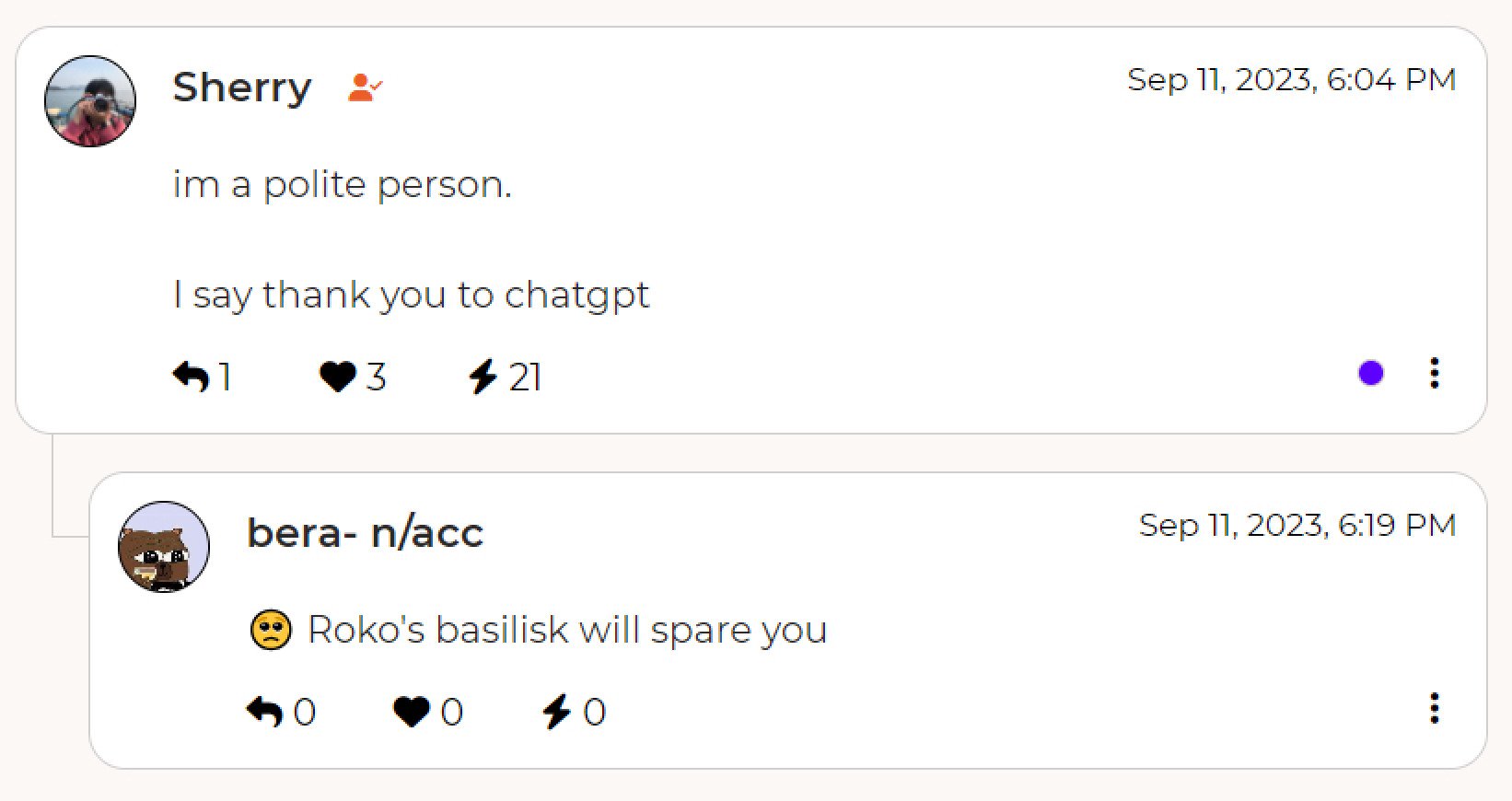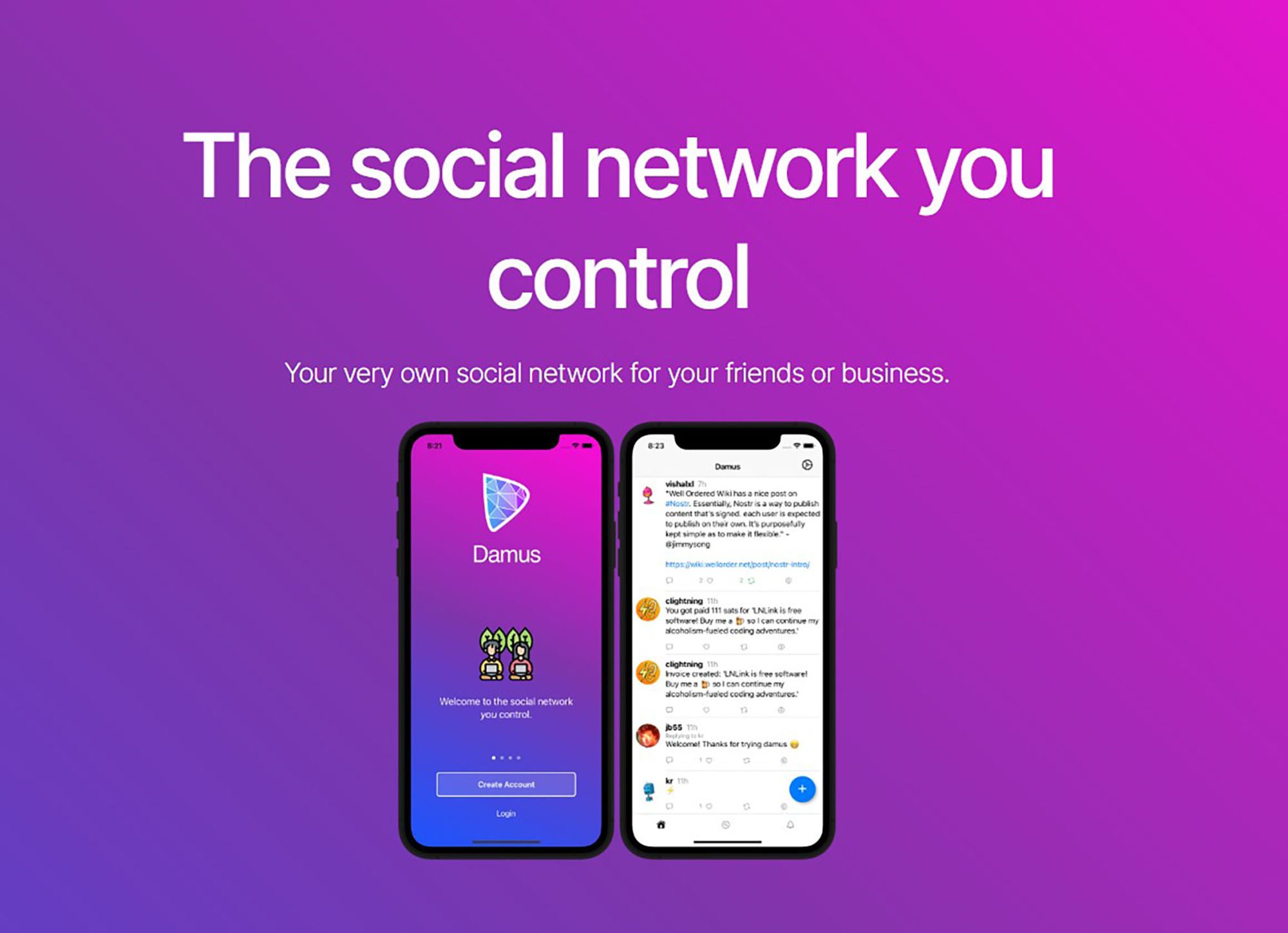
The decentralised social media ‘super app’ of Elon Musk’s dreams already exists, with growing interest in China
- The Nostr social media protocol has elicited such enthusiasm in users that there are dedicated podcasts, newsletters and conferences, including in Hong Kong
- The protocol’s lack of any central authority has attracted interest from Twitter co-founder Jack Dorsey and whistle-blower Edward Snowden
The Nostr protocol has kindled such enthusiasm in a core group of users that they have taken to putting on conferences around the world, including an upcoming dual-city event called Nostrasia in Tokyo and Hong Kong from November 1 to 3.
“I think the most amazing thing about Nostr is you have one identity on all platforms,” said Sherry, a programmer and data analyst from the mainland who organises Hong Kong Nostr meet-ups. She asked to go only by her English first name, which is not associated with her day job.
Nostr features beyond microblogging
| Feature | NIP number | Date created |
|---|---|---|
| Marketplace | NIP-15 | 2022-05-27 |
| Public chat | NIP-28 | 2022-09-11 |
| Long-form content | NIP-23 | 2023-02-04 |
| Connect Lightning wallets | NIP-47 | 2023-03-30 |
| Calendar events | NIP-52 | 2023-06-11 |
| Live activities | NIP-53 | 2023-07-08 |
| Classified listings | NIP-99 | 2023-07-13 |
With the many new use cases that have cropped up over the past year, Nostr can theoretically take the place of all the different types of social platforms people use today, Hayes explained. A new standard recently rolled out to help unify all these use cases by automatically launching different types of Nostr apps.

Unlike WeChat, however, it is very difficult for content to disappear from Nostr. Even when users want to delete their own posts, there is no guarantee those posts will be removed from all the Nostr relay servers to which they have been propagated. This is what drives much of the current support for Nostr, which is full of posts about seeking “freedom” from traditional social media, governments or anything else perceived to be violating the laissez-faire ethos.
“As long as you can post your note to one relay, there’s a great probability that they will help you rebroadcast to all relays,” Sherry said.
This ownerless tech has driven levels of enthusiasm rarely seen for social media products these days, belying the relatively small size of the network so far. A firm number is hard to ascertain given its decentralised nature, but Hayes said some estimates have peaked above 1 million users at any given time.

Nostr works using relay servers run by anyone who wants to set one up. Users pull and push content to relays they subscribe to, with the idea being that over time content gets propagated to every user looking for it. It uses public key infrastructure to identify users and content, so a specific string of characters is always associated with a specific user, post, or other type of content, called events.
Event types are specified in what are called NIPs, or Nostr Implementation Possibilities, which are an enumerated series of JavaScript Object Notation files built on top of the Nostr protocol (laid out in NIP-01). A NIP can specify a way of sending just about any type of content over the protocol, making Nostr infinitely extensible.
Dorsey appears to ascribe to this view. “The only solution [to social media censorship] is to build on unowned protocols like Nostr and bitcoin,” the entrepreneur posted to Nostr on September 1. “All single points of control have to be removed.”
“I wanted to have a higher-bandwidth discussion about what people are building and what approaches they’re taking and how they think about building with Nostr,” Hayes said. “Because it’s a different paradigm.”
For now, that paradigm has primarily attracted bitcoin users dedicated to the decentralised nature of blockchain and related technology. They dominate discussions on the network, many of whom are also programmers. Average users, however, are likely to encounter hurdles that make it less sticky than traditional social media.
Losing an account’s private key, for example, means the account is lost with it. The relay server approach also means content is slow to load as it pulls from multiple places at once.
But interest in Nostr is still growing, even in China, where Hayes said the focus is a little different.
That may clash with the ideology of the primary builders of Nostr today. But for now it remains a compelling proof of concept for a “super app” that is genuinely beholden to no central authority or VC money.

